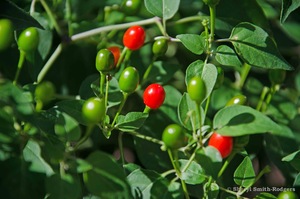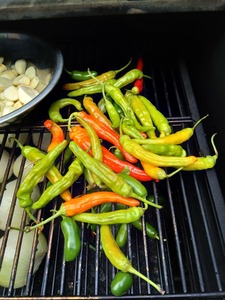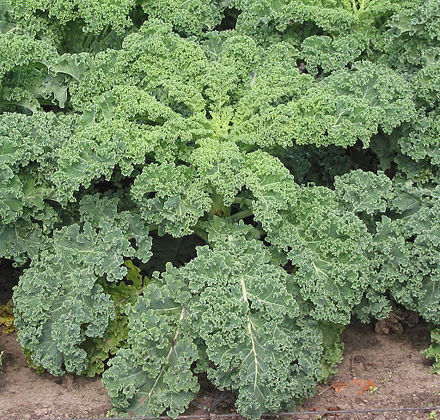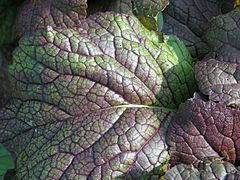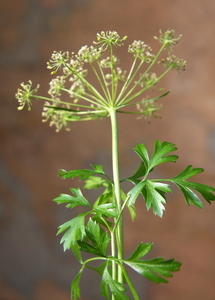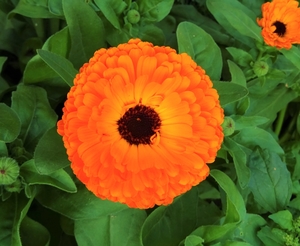Description
Chili, also known as Capsicum annuum, is a flowering plant in the nightshade family Solanaceae. It is native to the Americas, where it has been cultivated for thousands of years. Though the scientific name hints at it being an annual plant, it can be grown perennially if you are in USDA hardiness zone 9-11.
Chili plants typically grow to a height of 1-2 feet and have oval-shaped, glossy leaves. The flowers are small and white, and the fruit, which are commonly referred to as chili peppers, can vary in color and size. Chili peppers can be red, yellow, green, or purple and can be as small as a pea or as large as a banana.
Chili plants prefer warm, sunny growing conditions and well-draining soil. To cultivate chili peppers successfully, gardeners will need to provide these conditions and also ensure that the plants receive enough water. Chili peppers are not winter hardy, so they will need to be brought indoors or grown in a greenhouse during the colder months.
Chili peppers are edible and are commonly used in cooking to add heat and flavor to dishes. The fruits can be eaten fresh or dried, and they can also be ground into a powder to make chili powder. The leaves and stems of the plant are not typically eaten.
In addition to their culinary uses, chili peppers have a number of other uses. They have been used medicinally to treat a variety of conditions, including toothaches and respiratory problems. Chili peppers can also be used as a natural insect repellent, and the plants can provide habitat and food for a variety of birds and insects.
Varieties


















